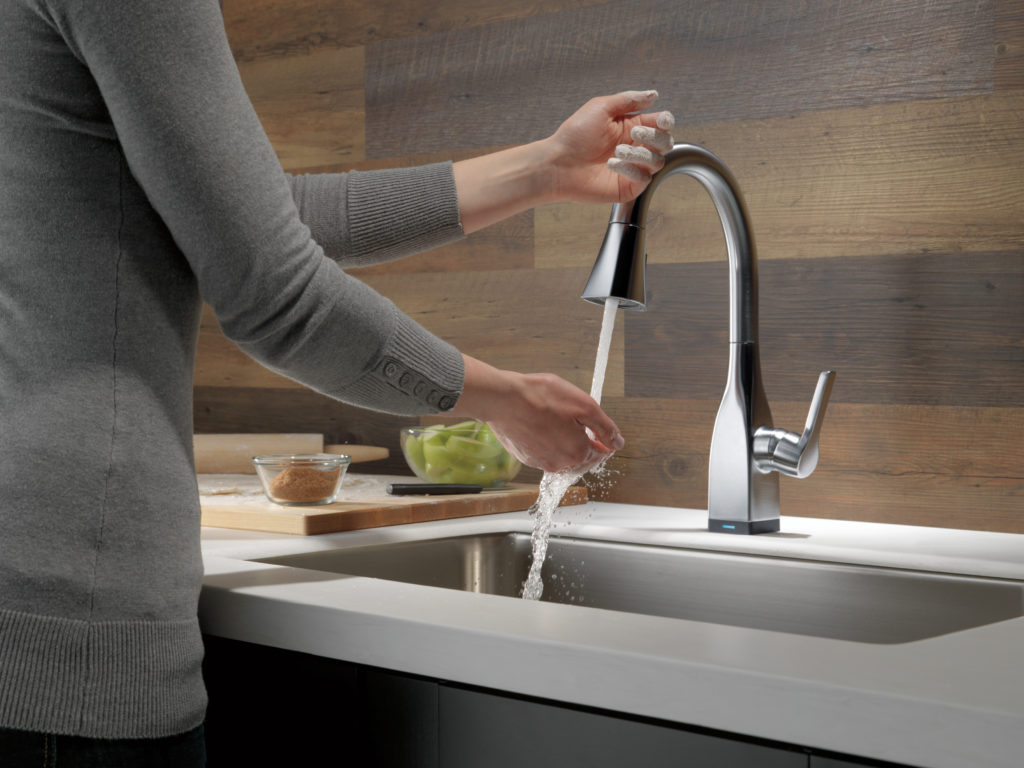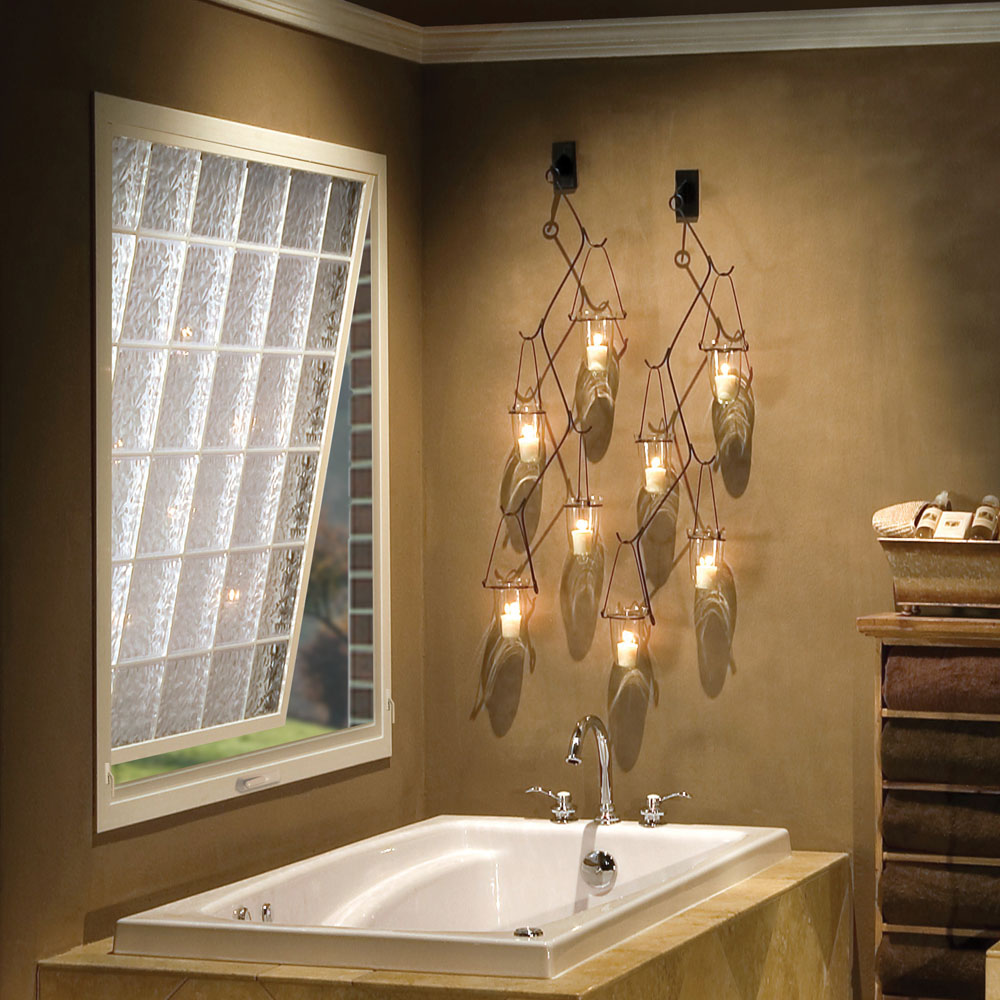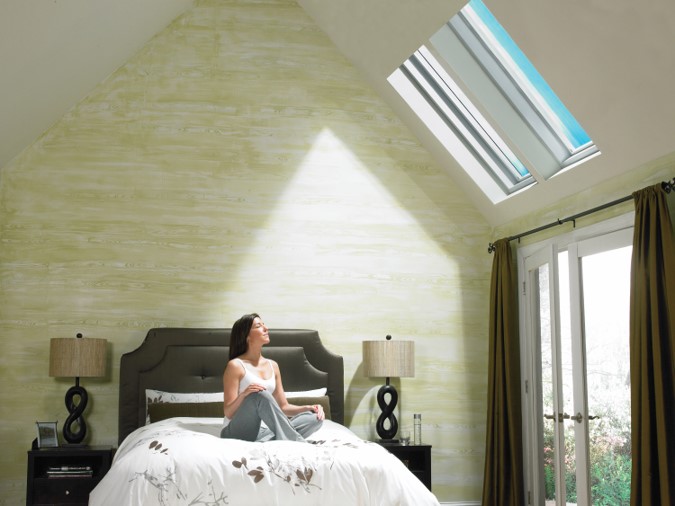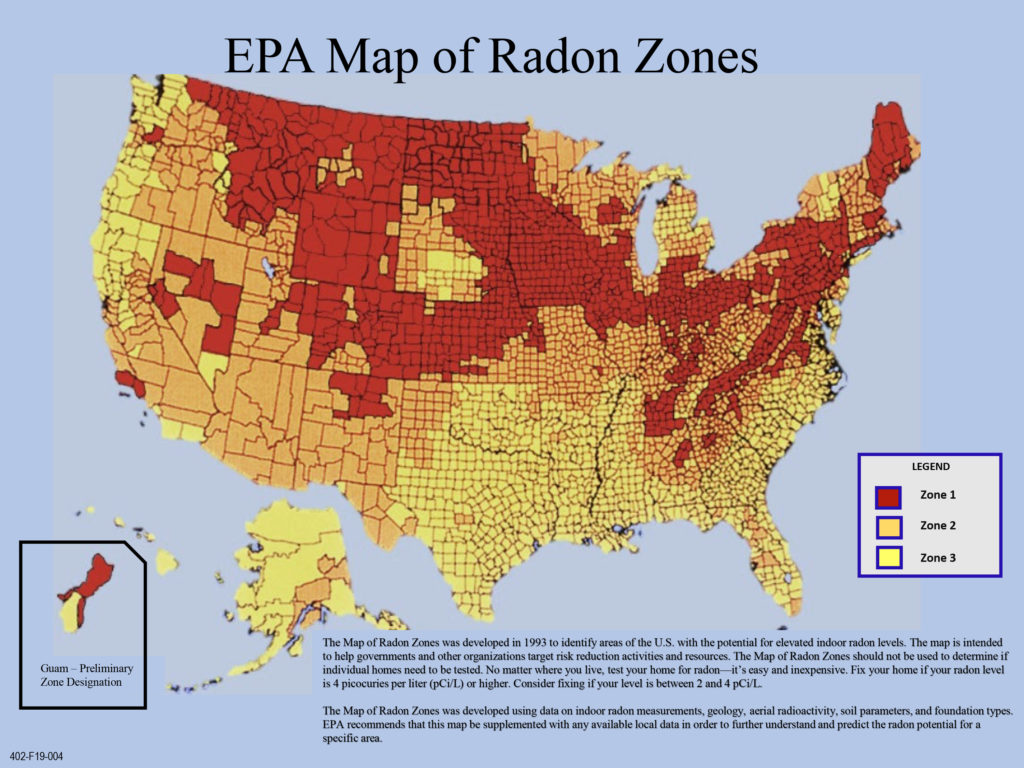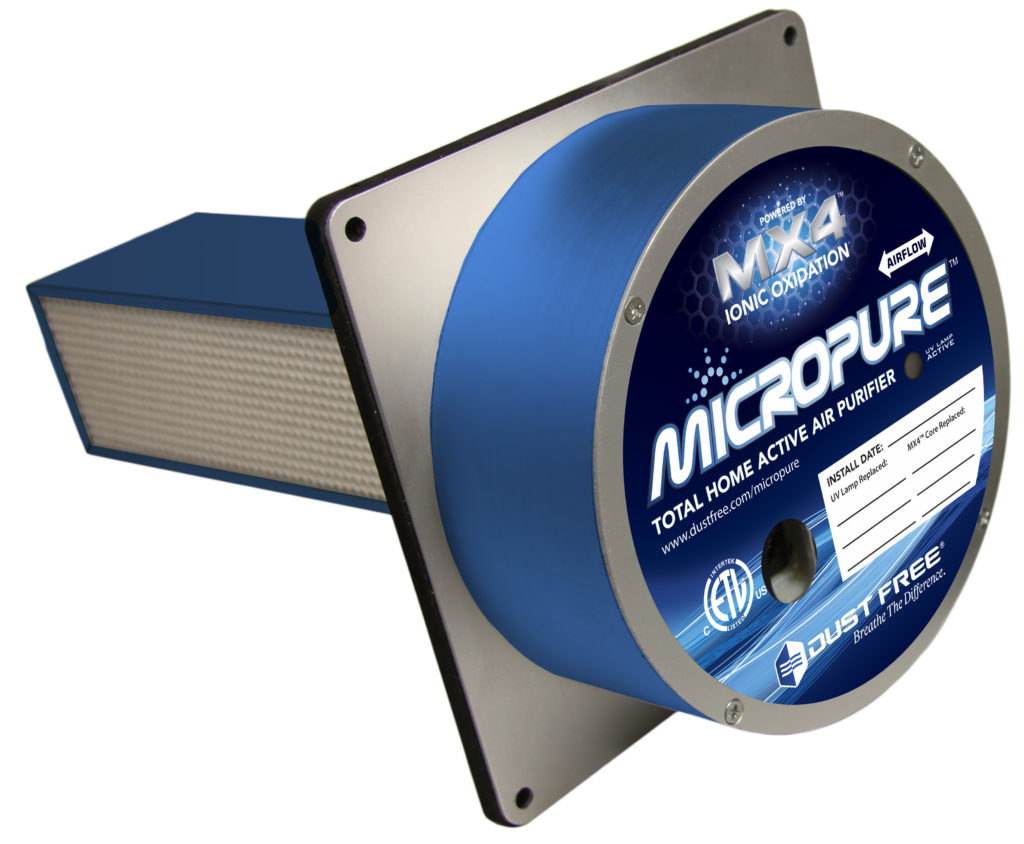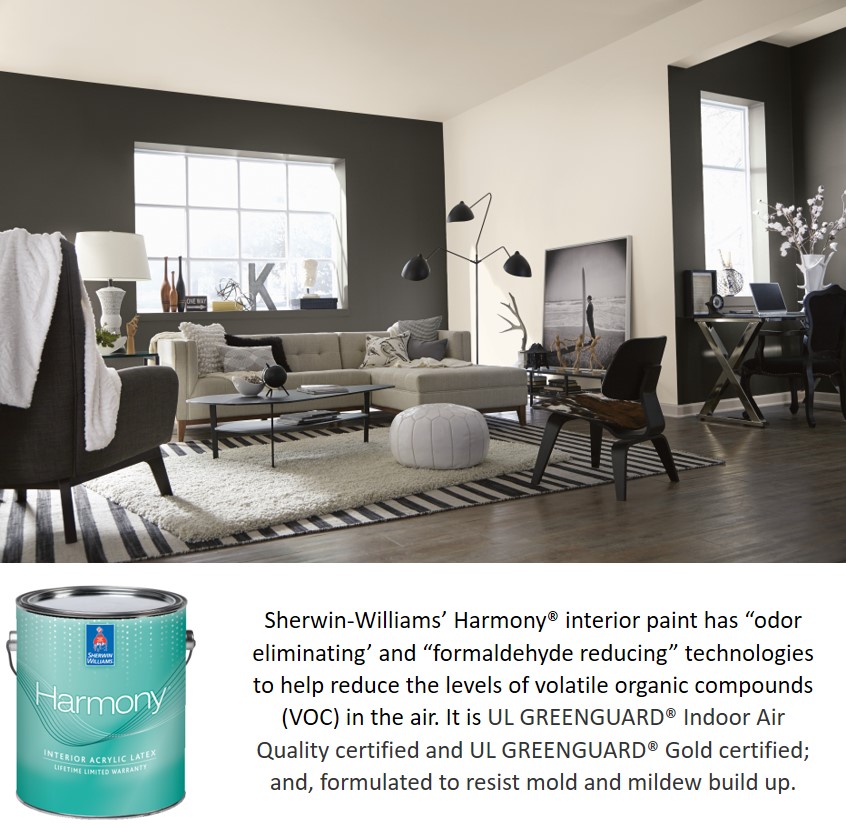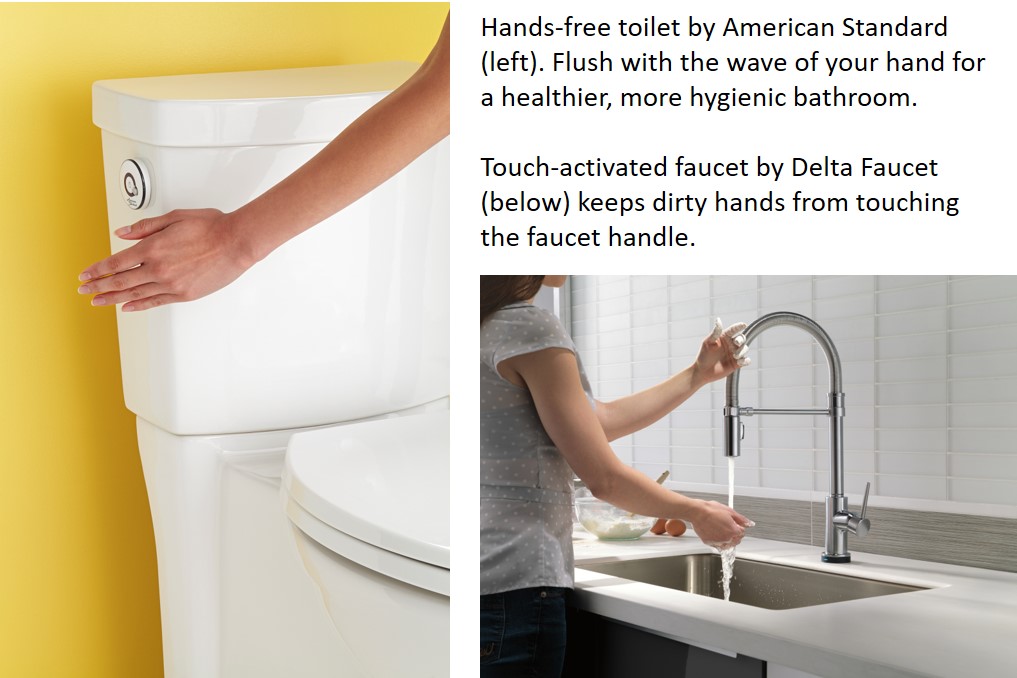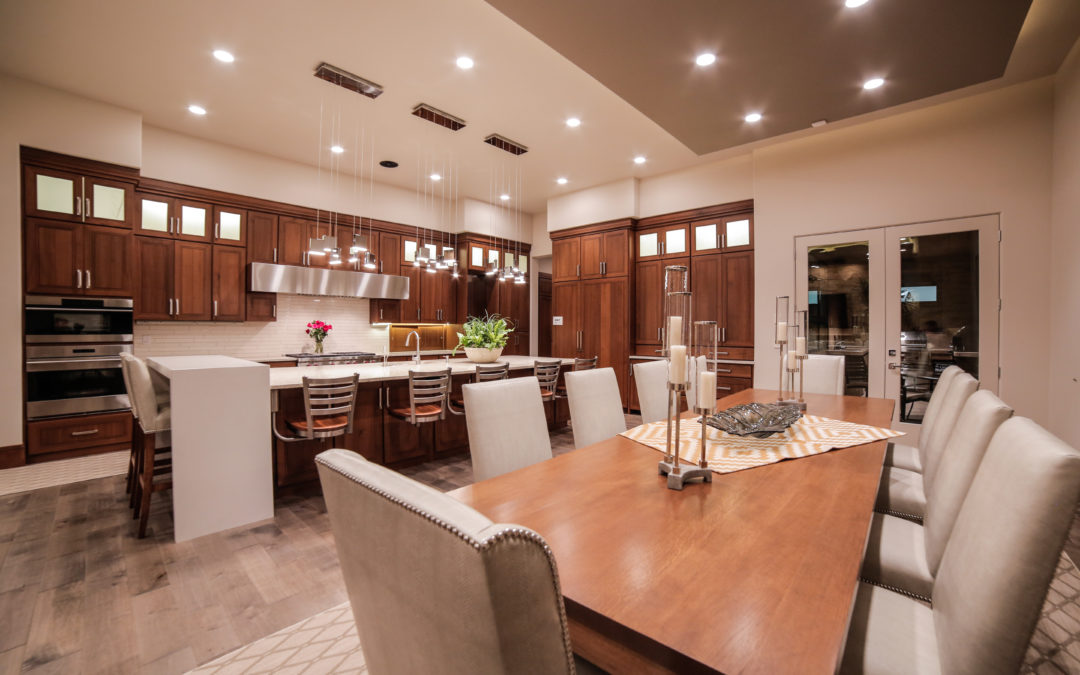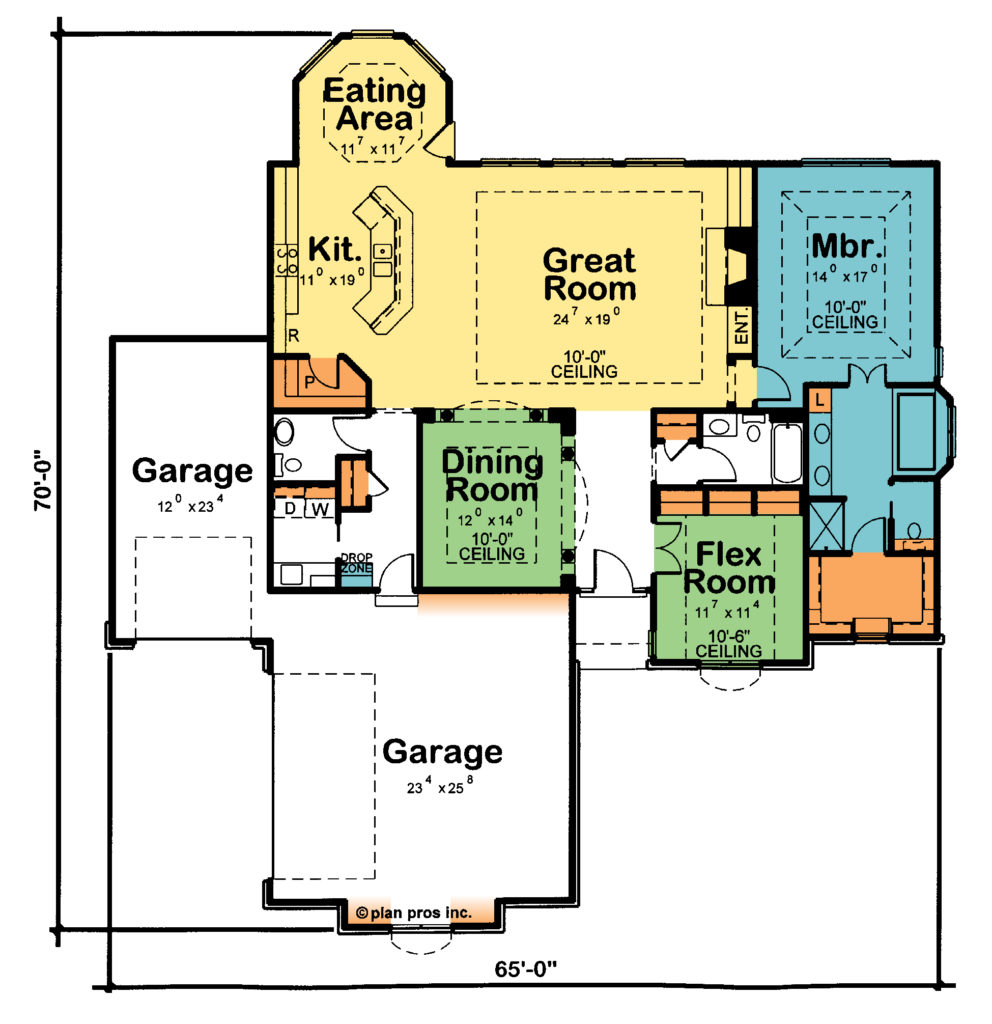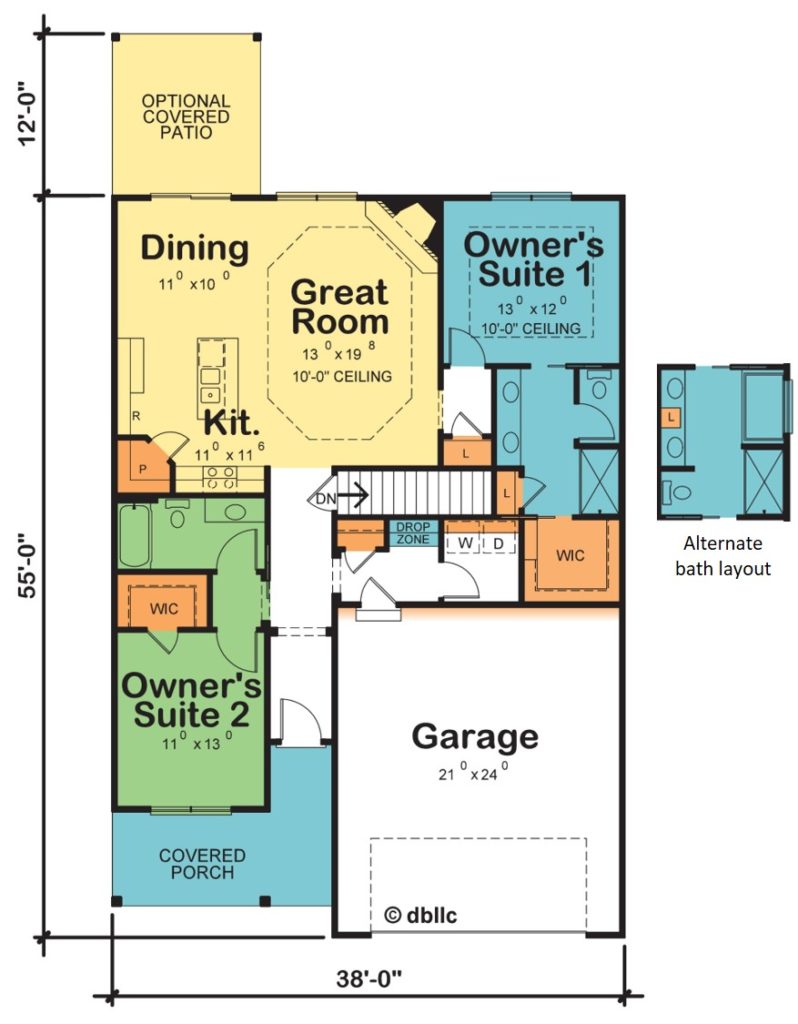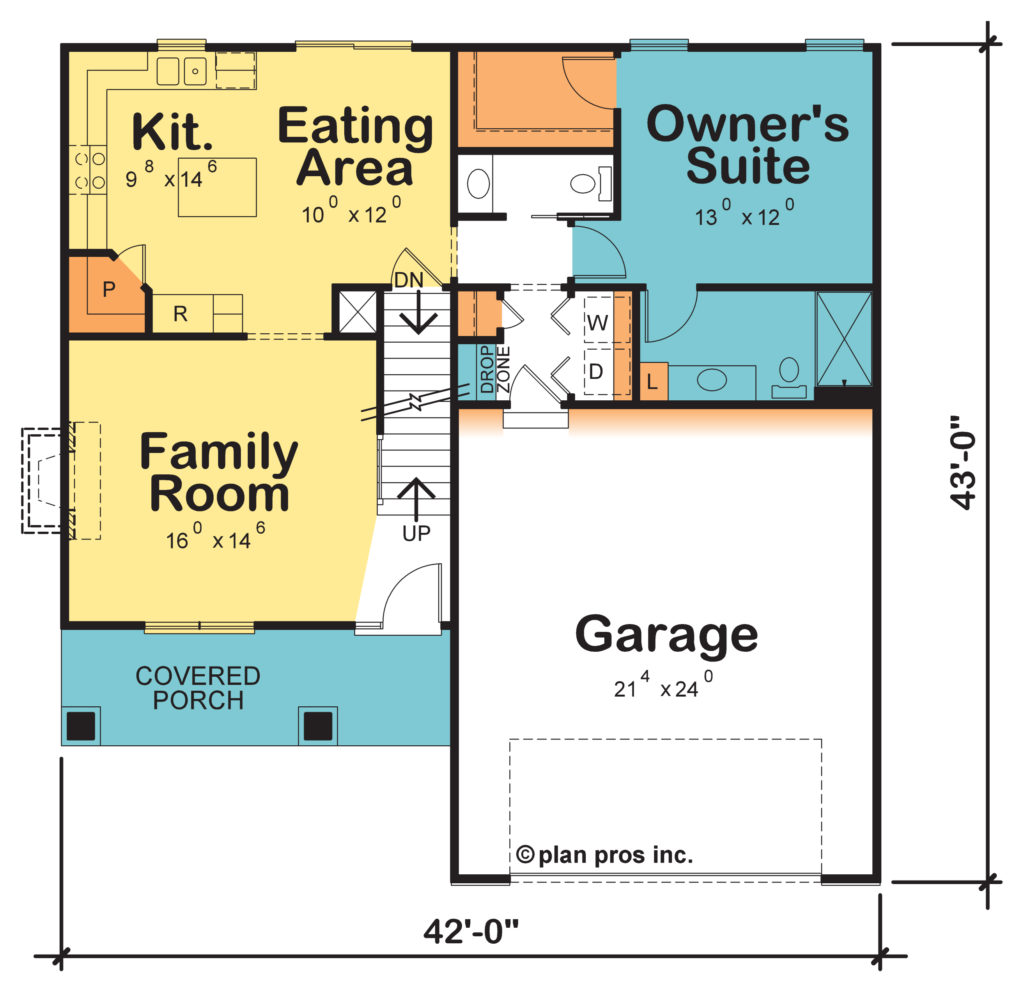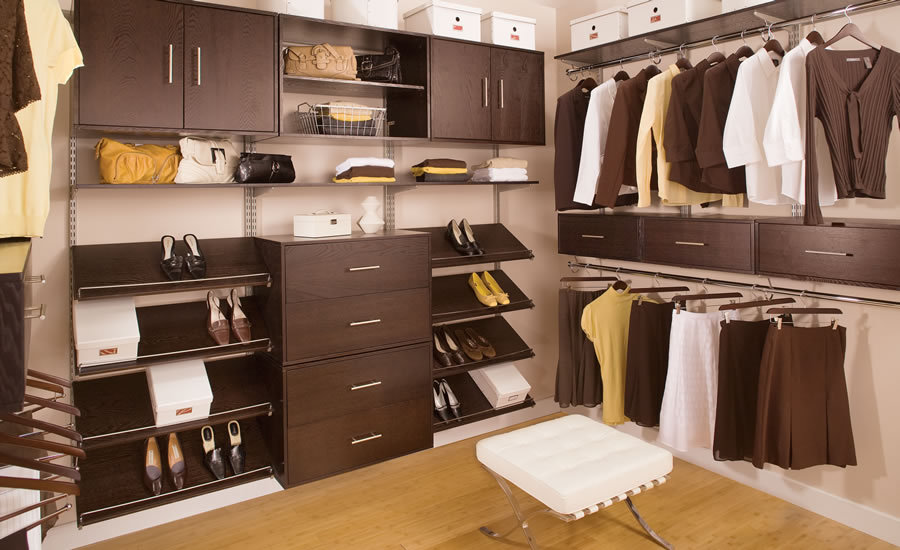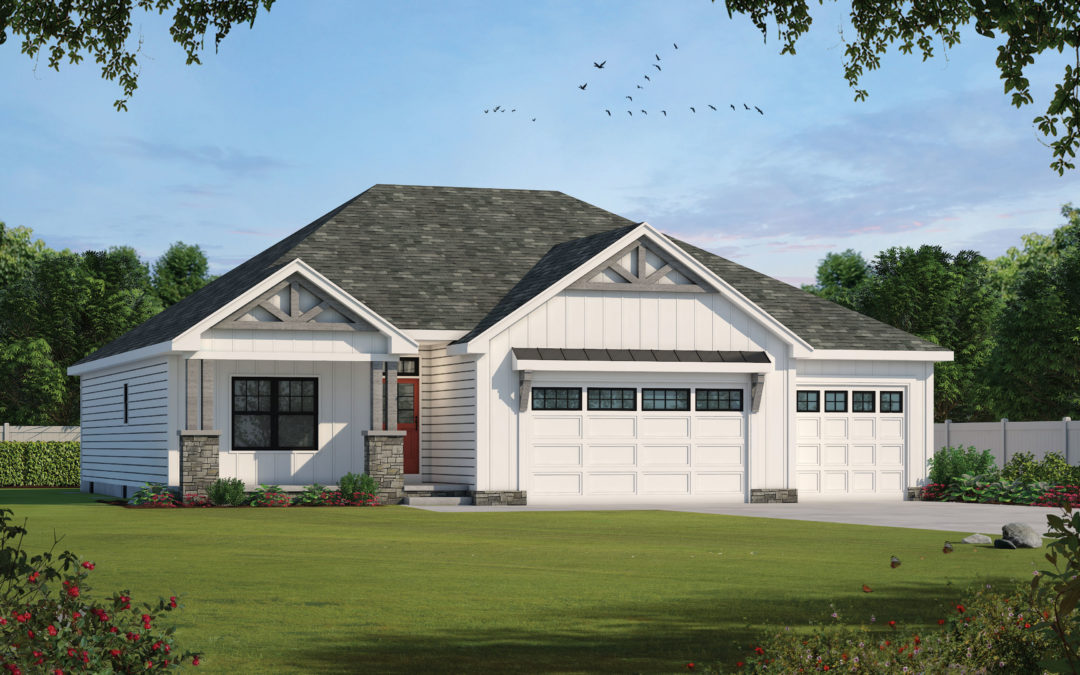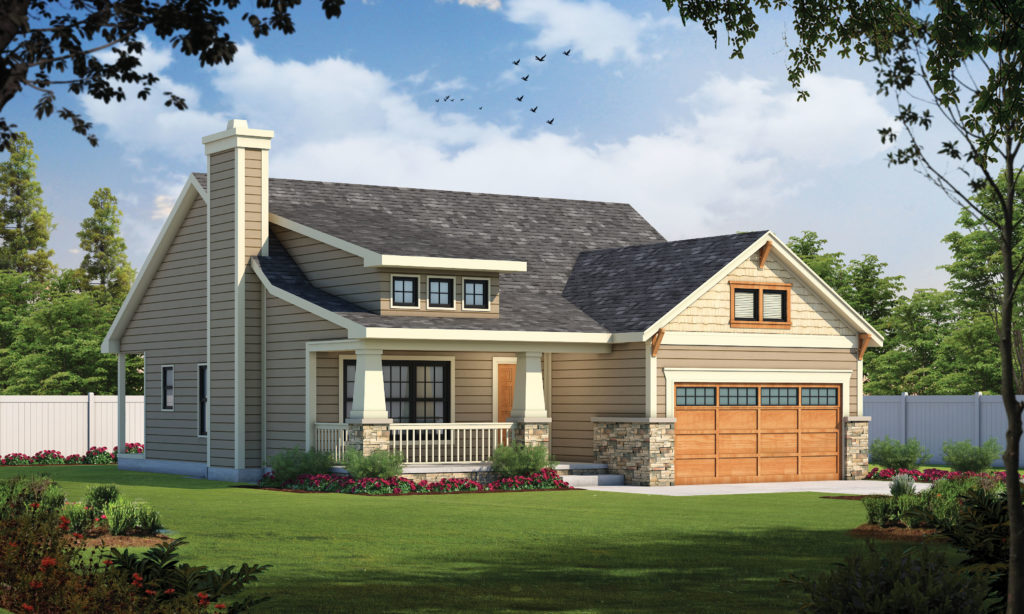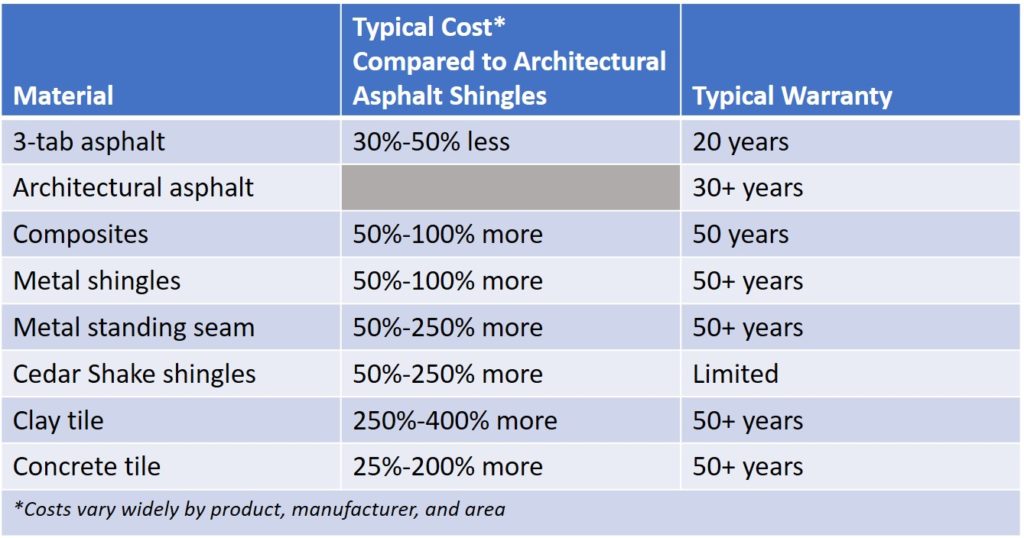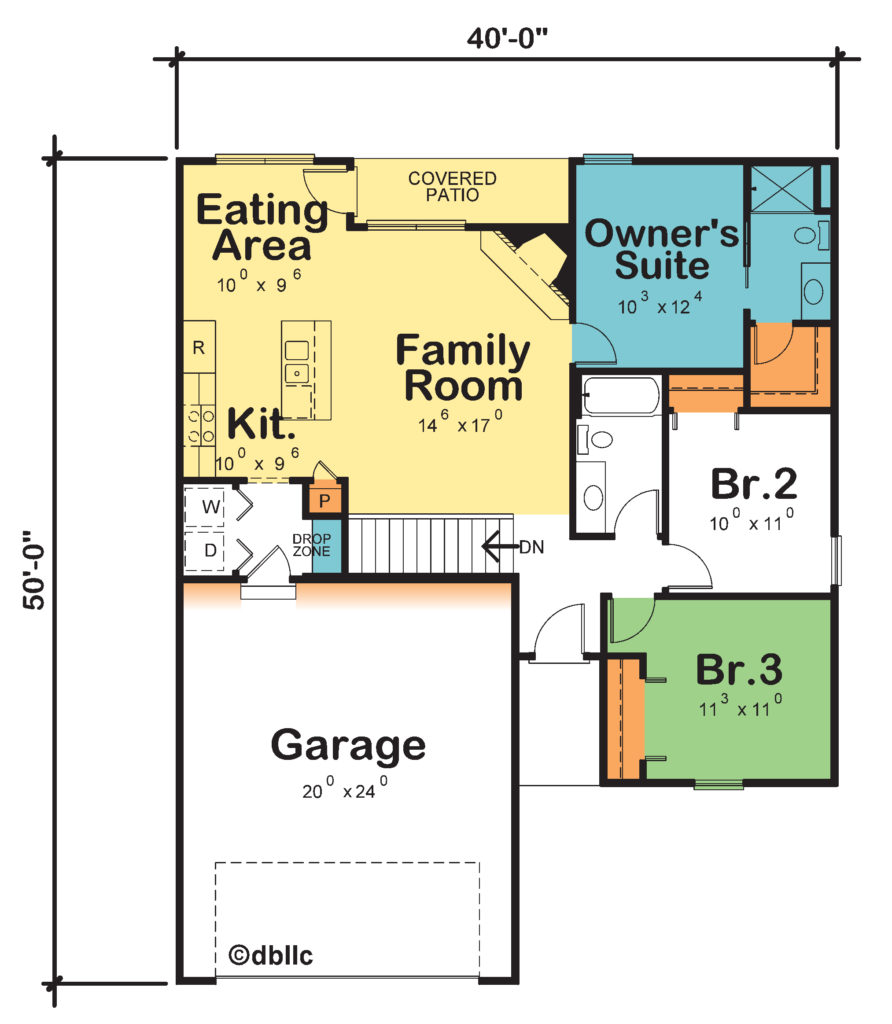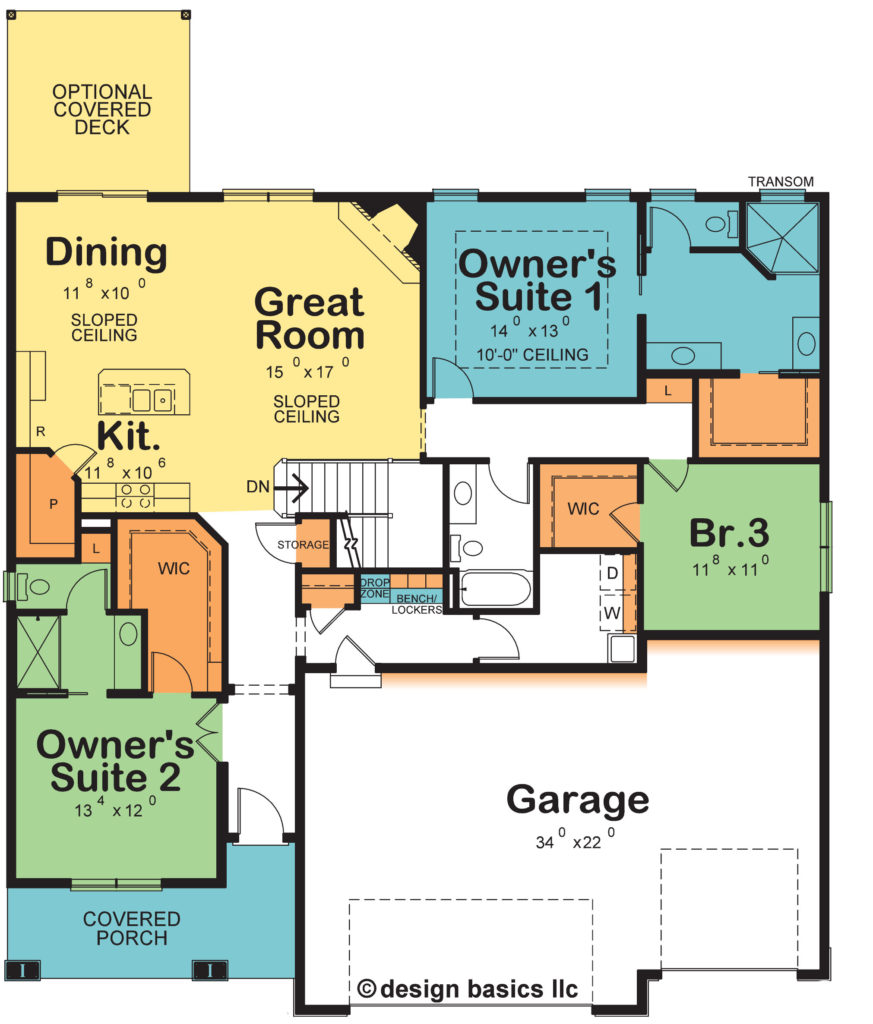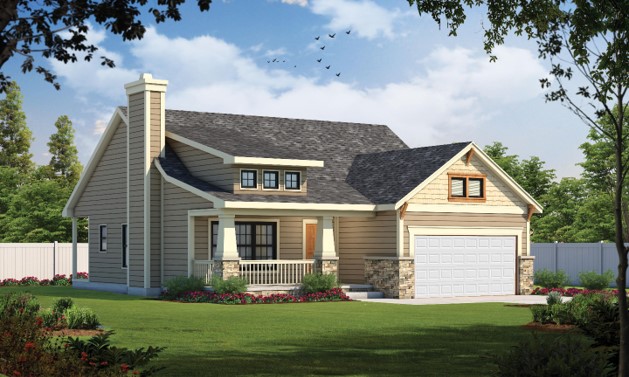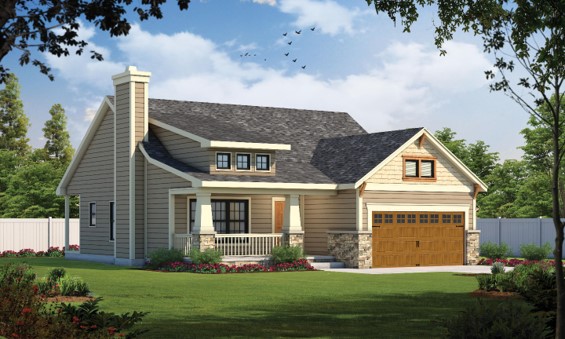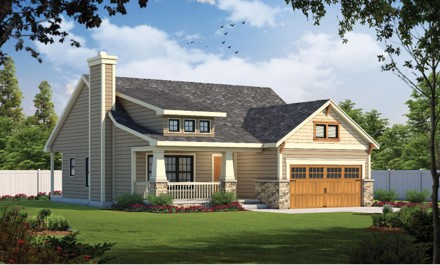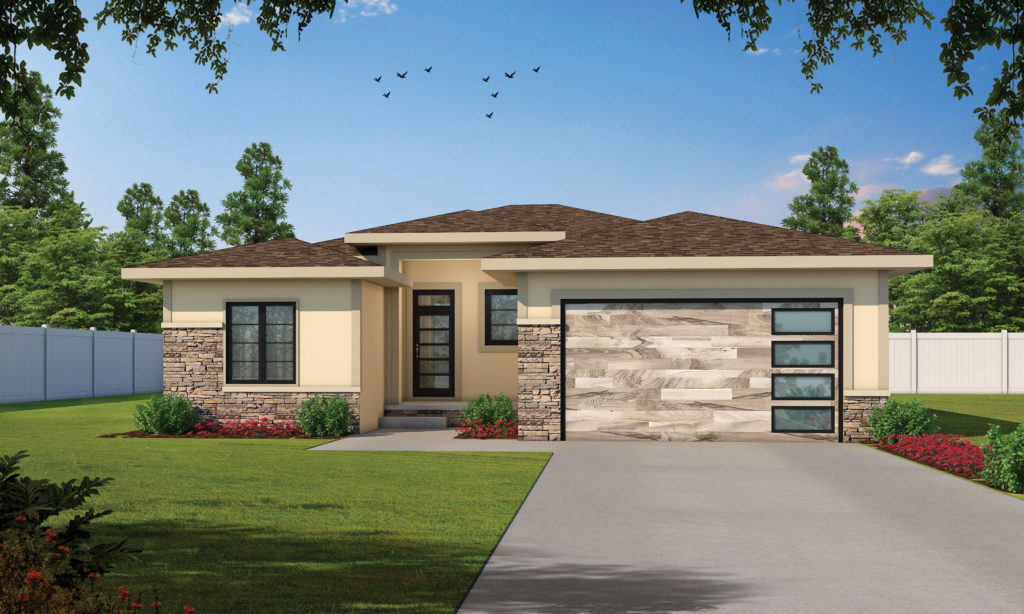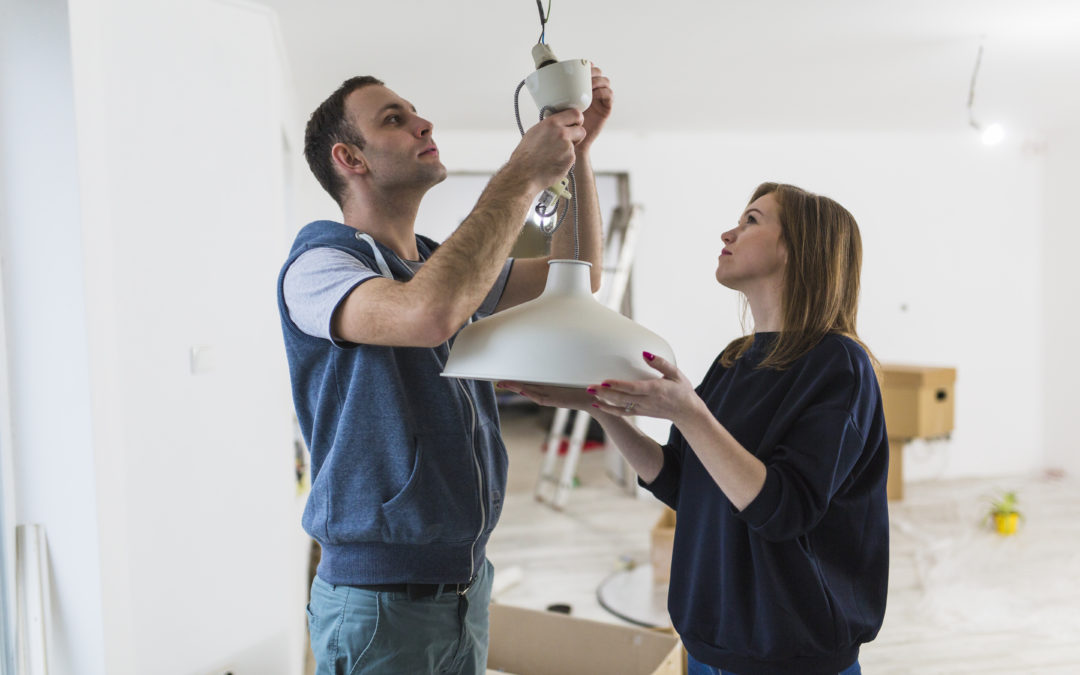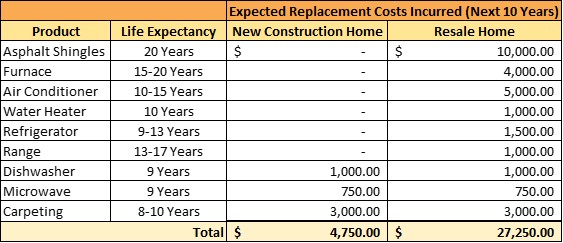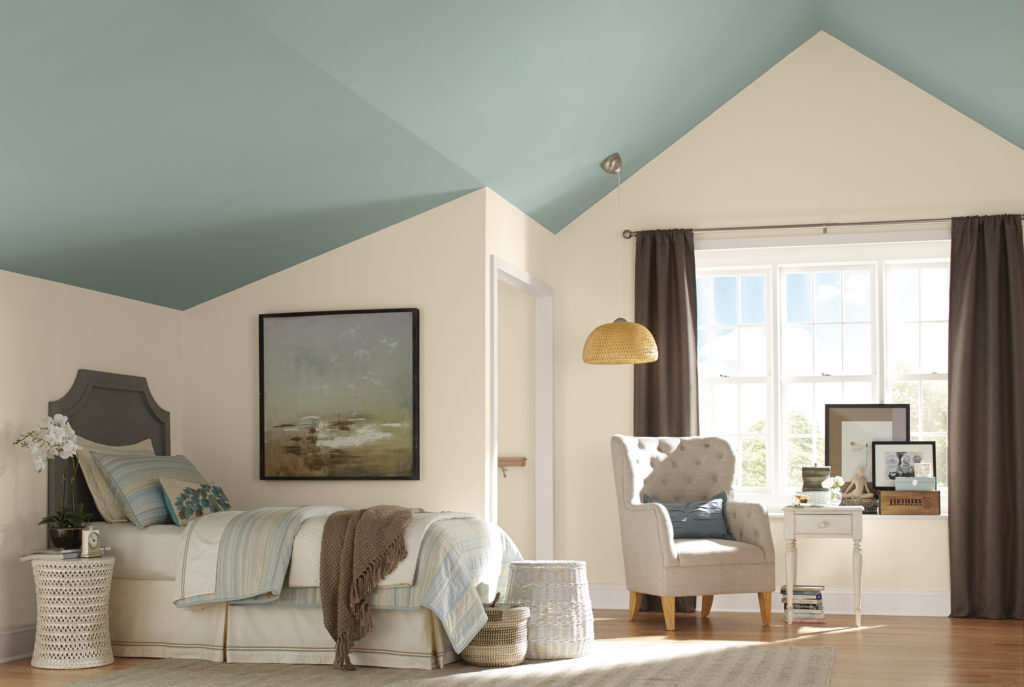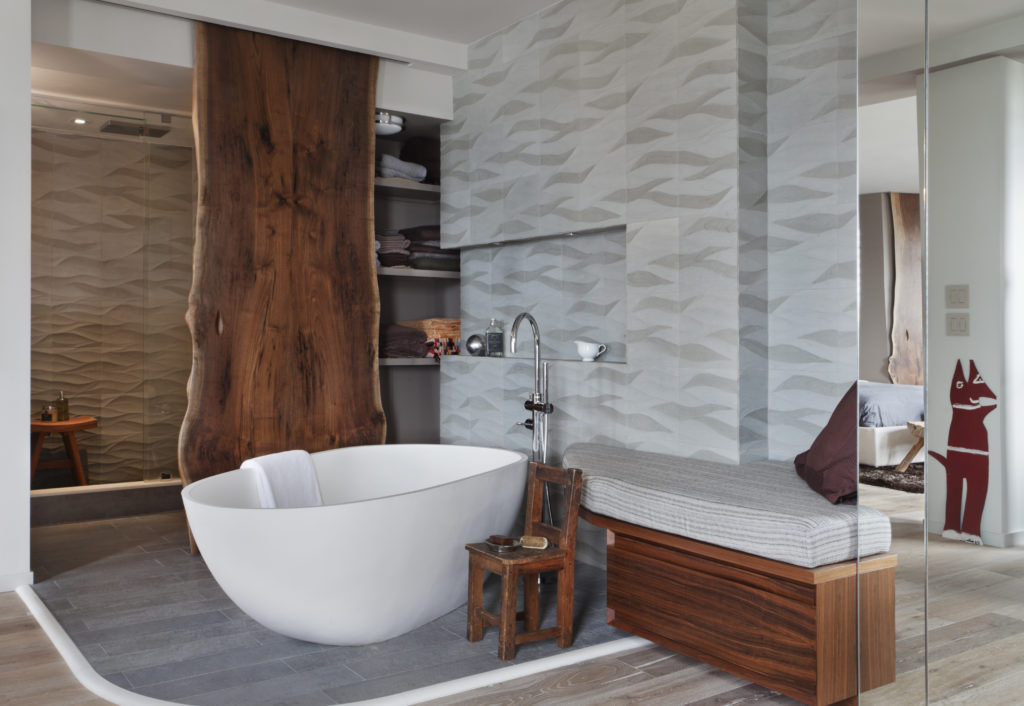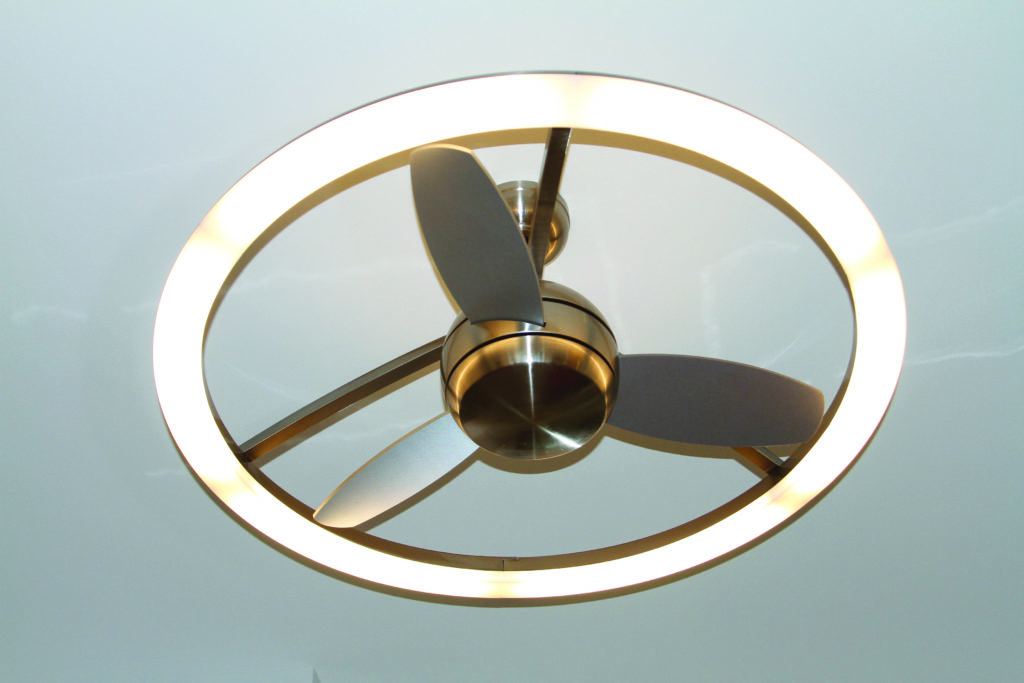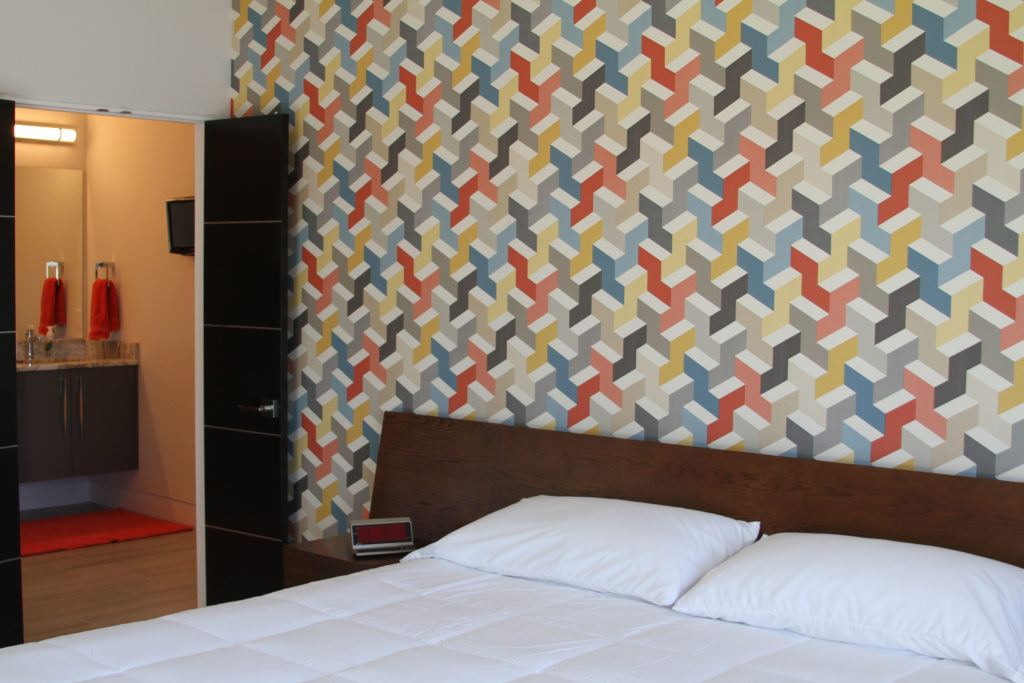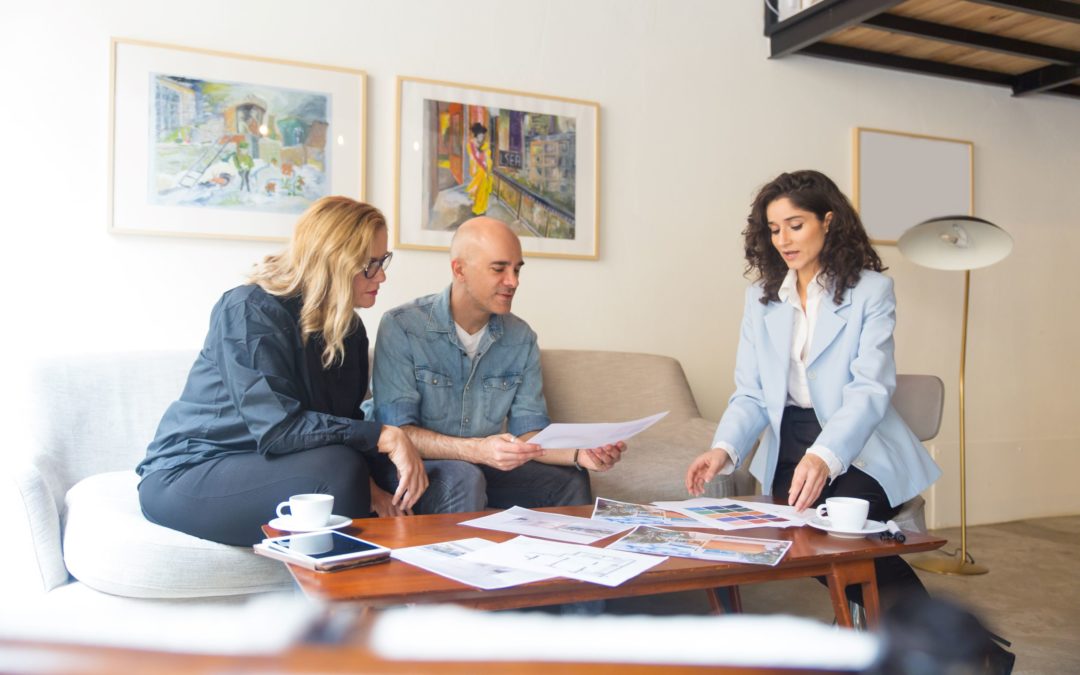
New Home Cost: Cheaper than Expected?
“When the price is higher, people tend to focus on the things that make it higher. When the price is lower people tend to focus on things explaining why it’s lower,” William Poundstone wrote in his book, Priceless. Which do you want? Prospective buyers touring your homes to figure out why your prices are cheaper, or having them appreciate what makes your homes more expensive?
In most markets, national/production builders can offer what appears to be the “best prices.” Rightfully so, as they may enjoy economies of scale that can provide certain cost advantages in terms of land, building products, and even labor. The model homes are attractively presented, consumers notice the Delta faucets and Whirlpool appliances, and the sales representatives show how easy it would be to own one of their homes. (Photo courtesy: Delta Faucet)
Some of these builders deliver an outstanding value, but oftentimes, in checking online reviews and apps such as Next Door, the builder’s reputation, quality, and customer service may be suspect. Buyers reason that is how the builder can price their homes cheaper. Aware of this, some buyers will accept those risks and buy on price; others rule out that builder, fearing the potential disappointment and regret.
If you’re not the lowest price builder in your market, your challenge is to help possible buyers identify what makes your homes more expensive. Those factors, if they matter to the buyer, will help them justify choosing you, so you may also need to help those folks appreciate why you build that way and/or include those amenities. Remember, buyers buy on emotion and subsequently justify those decisions rationally. Wanting to buy a home based on factors other than the lowest price is emotional.
Some of the factors might be obvious – the Craftsman touches add to their home’s curb appeal. They fall in love with the look, can’t wait for their friends to see it, and value aesthetics. Other factors might require demonstration – the glass block windows (photo courtesy: Hy-Lite®) in the suite’s bathroom that provide both light AND privacy, plus crank out for fresh air, too! Factors might even be hidden – like the high performance insulation that will make their home more comfortable to live in, and is estimated to save them $XX monthly in utilities, giving them “bragging rights” as well as appealing to their desire to be environmentally responsible.
So, how do you make sure new home shoppers become aware the many reasons your home is a better value, even when it is more expensive? Besides the obvious model home tour, focus on rapport and trust. Rapport is a two-way street. The buyers want to know more about you, your company, and the homes you build. On the flip side, they’ll appreciate talking with someone who listens, cares, and truly has their interests at heart. Trust takes a little longer, though most people initially believe people they meet are trustworthy until they have reason to doubt. Knowledge of home building and your models is an important component of establishing trust. So is discovering things you have in common with the hopeful buyers (e.g., affiliations, schooling, interests, hobbies, preferences, etc.) – such similarities can go a long way with both rapport and trust. People like to do business with others like themselves. Transparency also aids in building trust, especially when it comes to pricing. Think pre-priced options and upgrades. Intriguing signage in your model home that calls attention to a specific feature that might be overlooked or under-appreciated can aid your buyer’s learning about amenities they would really want, but may not have even been aware of, further establishing trust.
As a business thought-leader and author, Seth Godin points out, price is a story, “People form assumptions and associations based on your pricing.”
Hyundai’s pricing strategy is very different from that of Mercedes Benz, and they sold a million and a half more vehicles world-wide last year than Mercedes. Yes, people form assumptions about Hyundai and Mercedes vehicles based in part on their pricing. But Mercedes sales pros probably aren’t losing any sleep over Hyundai prices!
For more resources on thoughtful design:
- Visit our blog
- Browse our Her Home™ Magazine
- Thoughtful Design Concepts
(Product spotlights are for informational purposes only.)
